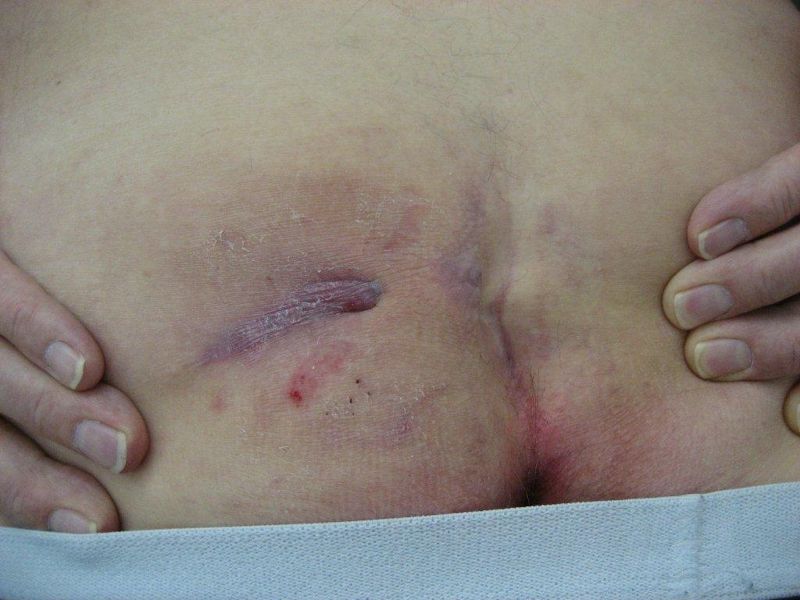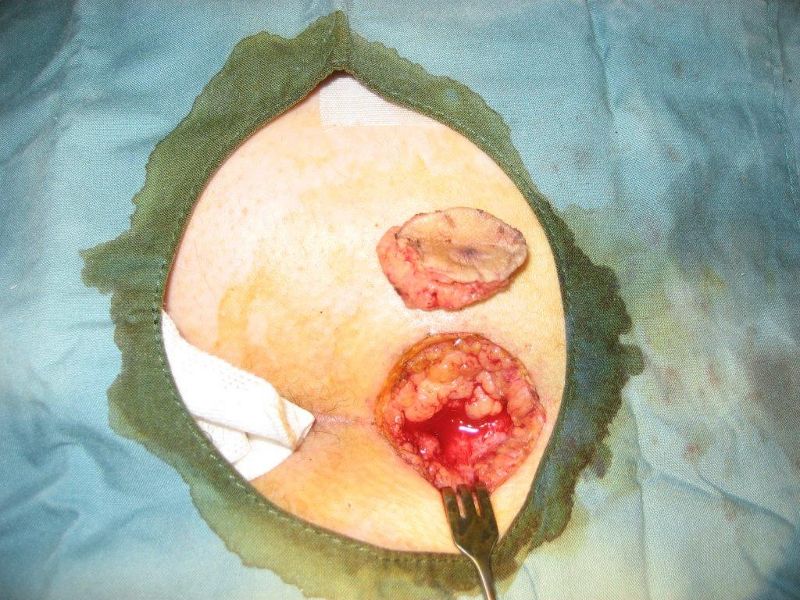Fall is here. Winter will be here soon. Canadian snowbirds are heading south. This involves long hours travelling by road or by plane. Studies have shown a two- to four-fold increased risk of blood clots in the legs following air travel. Similar risk applies to travel by road. The condition is called venous thrombo-embolism (VTE).
There are several risk factors. A population-based case-control study of adults receiving treatment for their first VTE found that long-distance travel (≥4 hours) doubled the risk of VTE. The effect was greatest in the first week after travel but remained elevated for 2 months. Travel by air increased the risk to the same extent as travel by bus, train, or car, suggesting that the increased risk of air travel is due primarily to prolonged immobility.
Women who used oral contraceptives, travellers who were overweight with BMI >30 kg/m2, and those with height >1.9 m (approximately 6 ft 3 in) were at increased risk. People shorter than 1.6 m (approximately 5 ft 3 in) had an increased risk of VTE only after prolonged air travel. Cancer, dehydration and smoking cigarettes also increase the risk of VTE.
A blood clot in a superficial vein is known as superficial thrombophlebitis. This condition is usually not serious or life threatening.
A blood clot in a deep vein of a leg is known as deep vein thrombosis (DVT). This is a serious condition as the clot may dislodge, travel through the blood stream and plug a vessel in the lung (pulmonary embolism). Pulmonary embolism (PE) can be fatal.
The calf muscles act as a second pump (first pump being your heart). The contraction of the calf muscles and the valves in the deep veins help push the blood from the lower extremity towards the heart.
DVT occurs when the blood moves through deep veins in the legs more slowly than normal or when there is some condition that makes blood more likely to clot. Two common examples are: when you are bedridden (after surgery, injury or chronic illness) or when you sit still for a long time (such as during a long plane flight or a long road trip). Under these conditions the blood moves more slowly and stagnation promotes clotting.
Symptoms of DVT include swelling, redness, pain, or tenderness, and increased warmth over the skin. It may be difficult to distinguish from muscle strain, injury, or skin infection. Diagnosis is confirmed by special radiological tests. Symptoms of PE range from mild and nonspecific to acute, resembling heart attack or stroke. Once a clot has travelled to the lungs, common symptoms of PE are chest pain and shortness of breath.
There are measures you can take to prevent VTE. All travellers should keep hydrated with non-alcoholic beverages, wear loose-fitting clothing, do frequent calf muscle contraction and make efforts to walk and stretch at regular intervals during long-distance travel. Compression stockings may be beneficial to travellers with other risk factors for VTE. Currently no convincing data suggest that pharmacologic interventions reduce the risk of significant VTE during travel.
Treatment of VTE is with blood thinners (anticoagulants) like heparin and Warfarin to prevent pulmonary embolism. The blood thinners do not dissolve the clot. They stop the clot from getting bigger, prevent the clot from breaking off and reduce the chances of having another blood clot.
The body takes its own time to dissolve the clot or the clot may get organized and form scar tissue, permanently blocking the vein or damaging the valves. Normally, no tests are done to check if the clot is still present as the tests can be inconclusive or confusing.
Start reading the preview of my book A Doctor's Journey for free on Amazon. Available on Kindle for $2.99!






